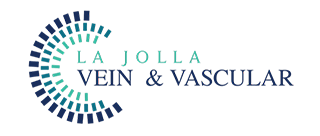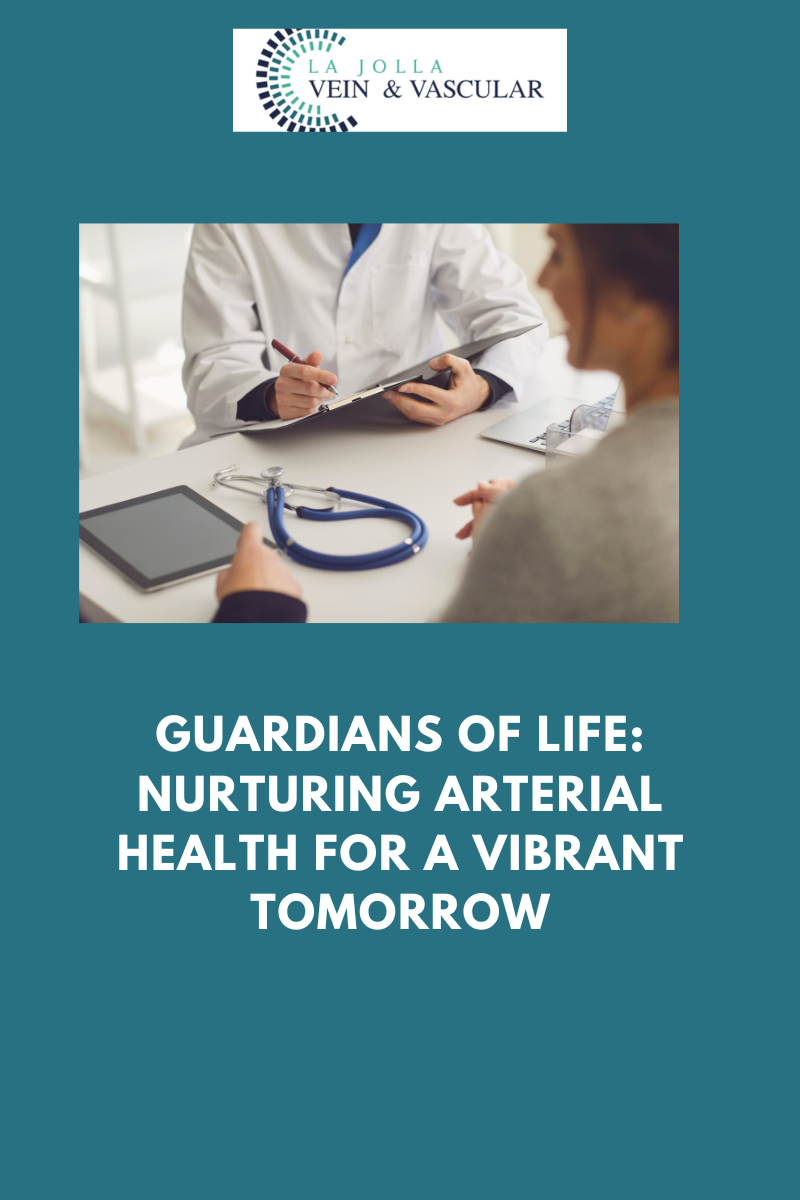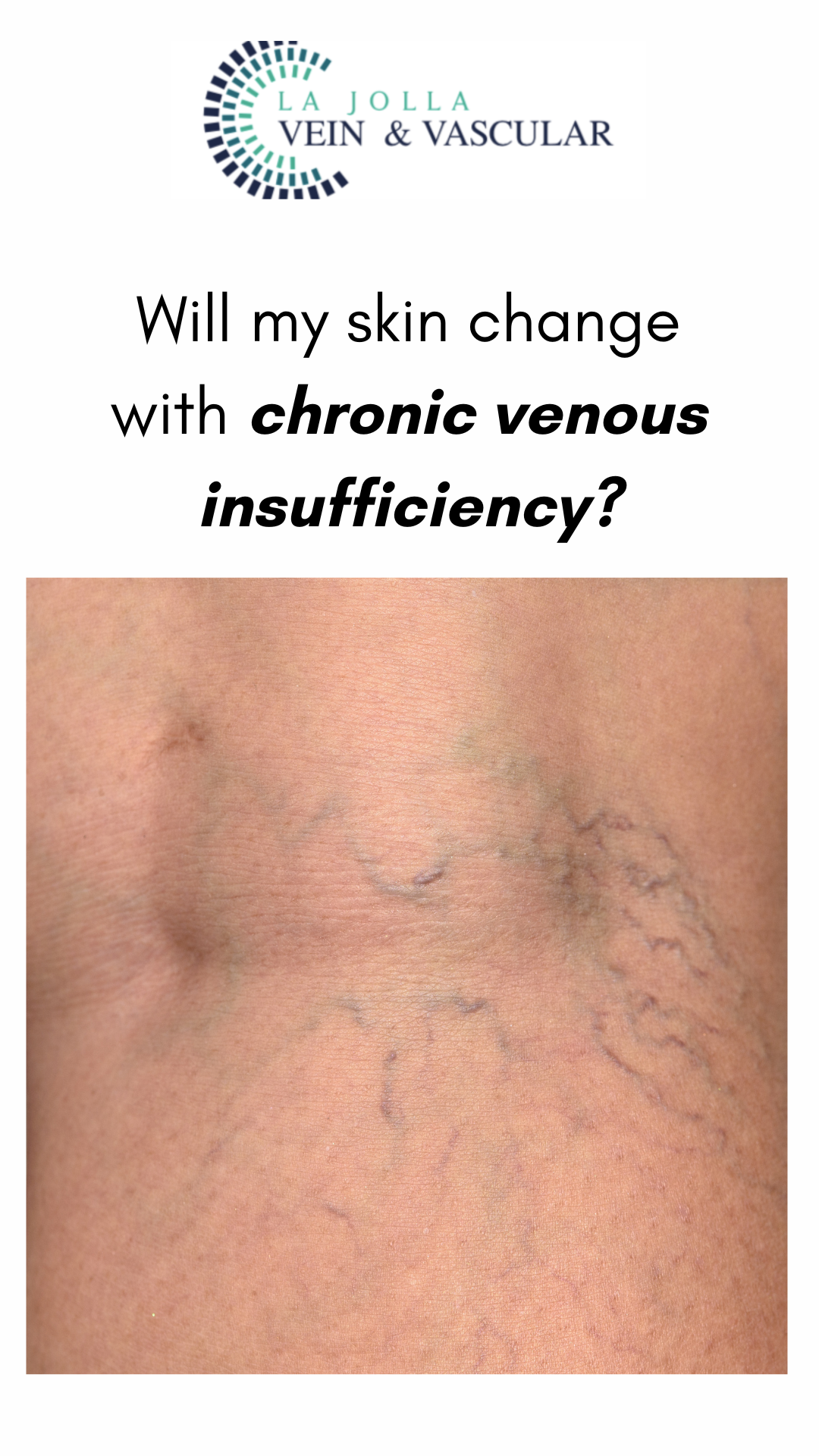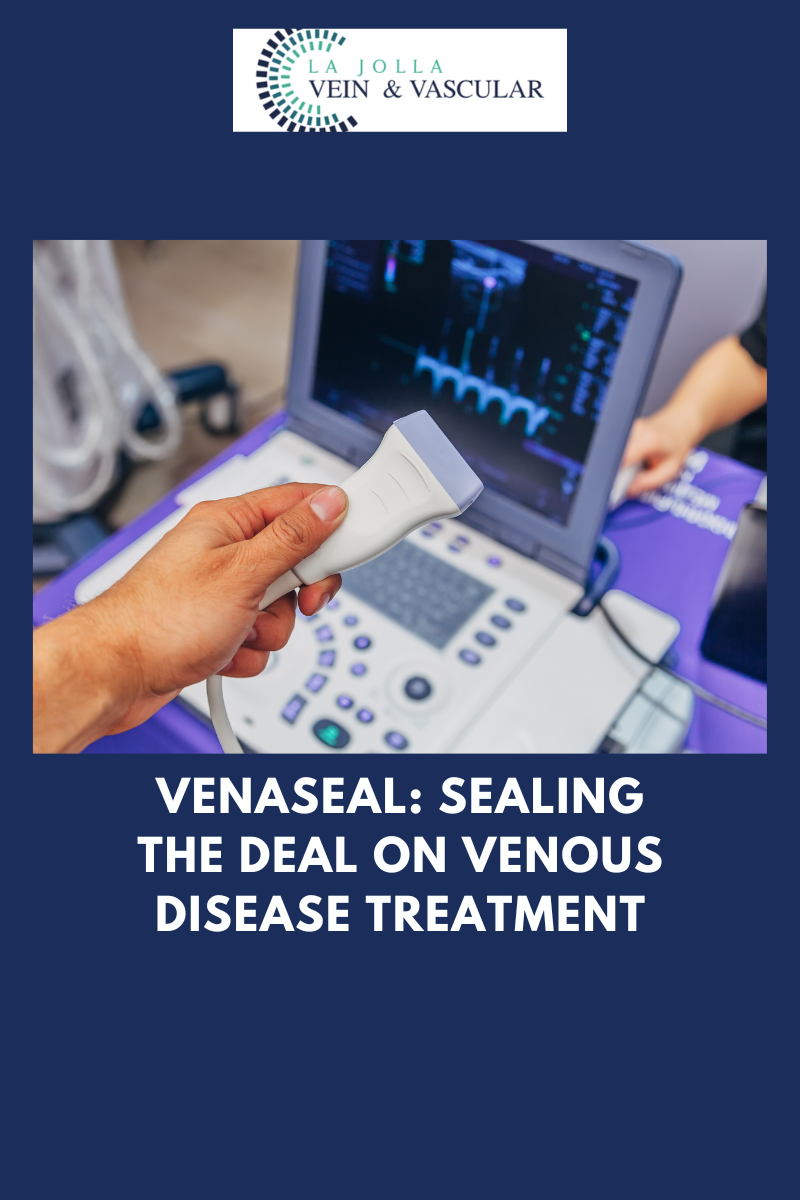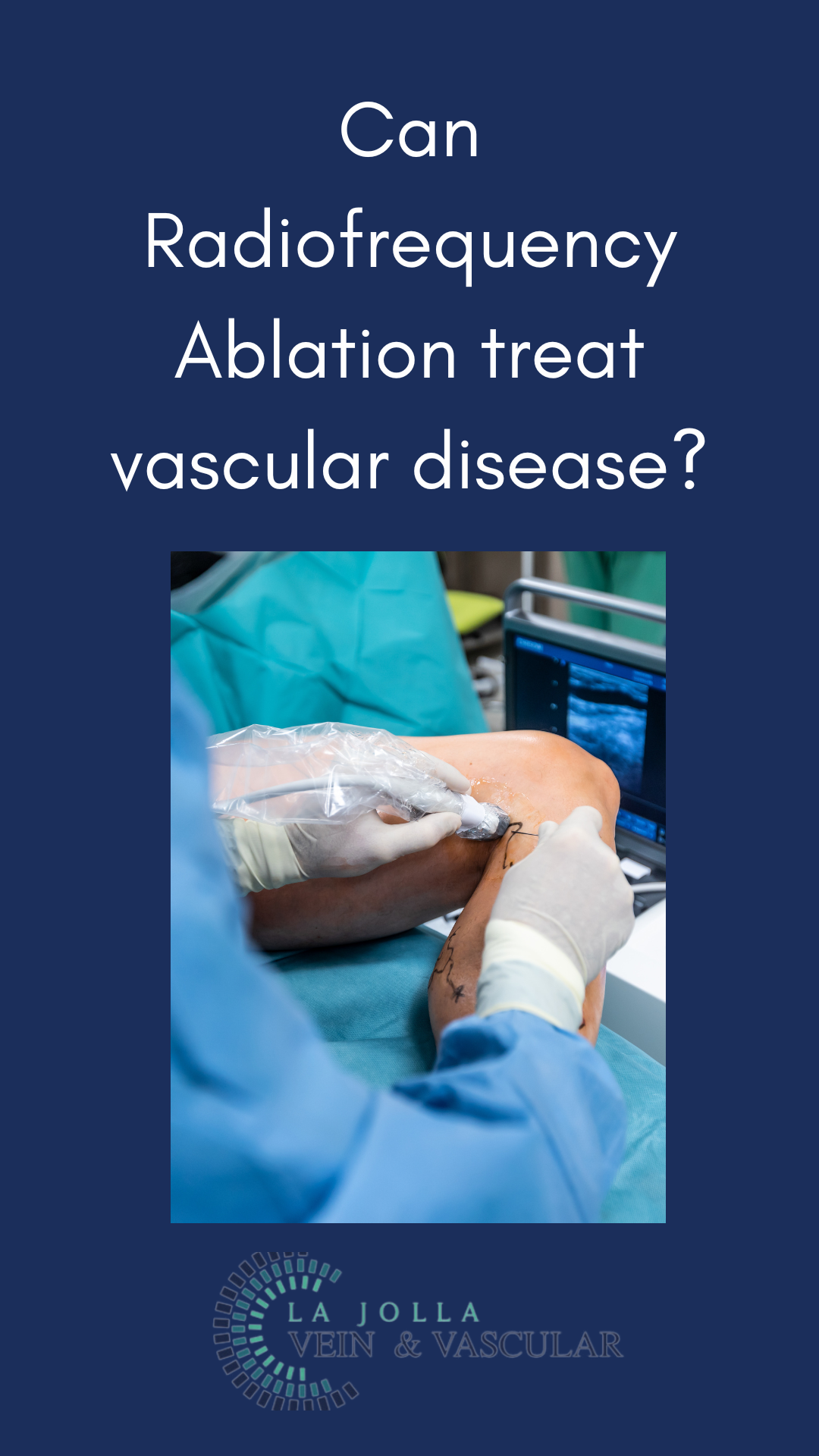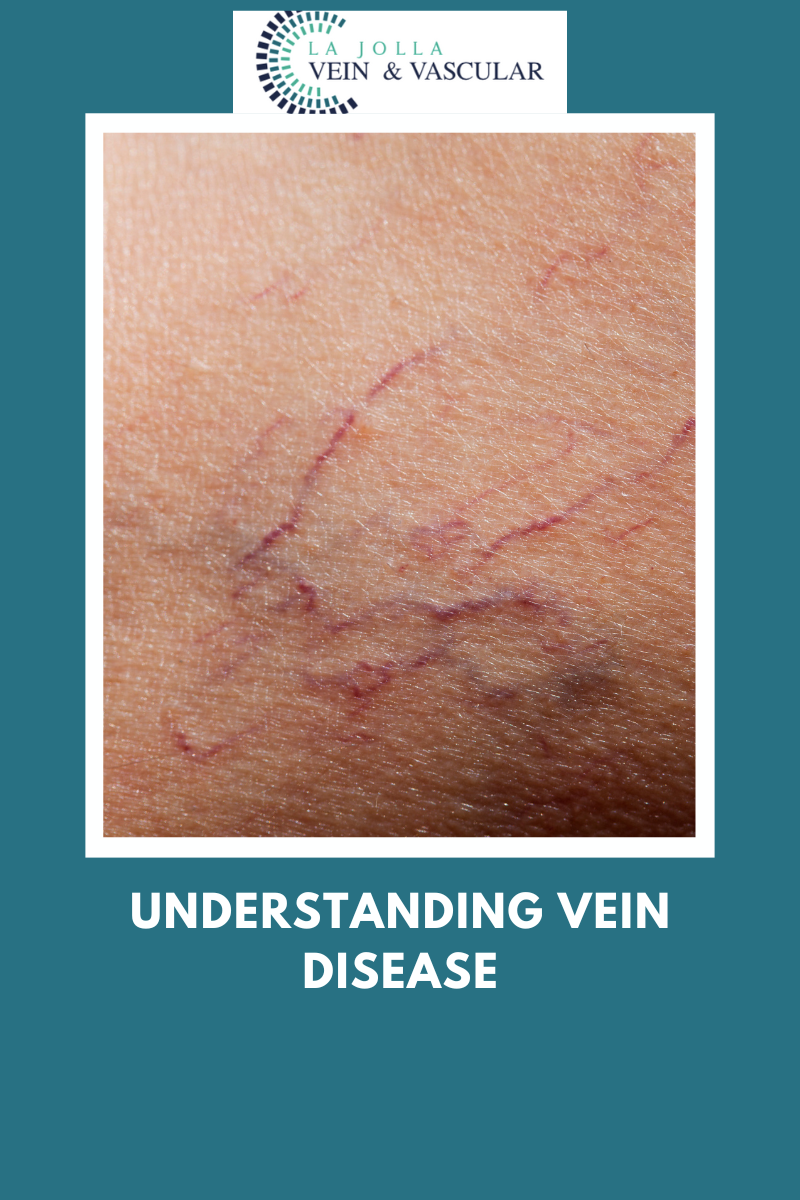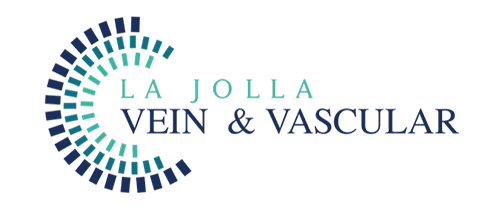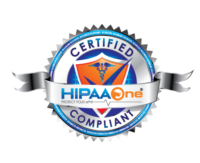Guardians of Life: Nurturing Arterial Health for a Vibrant Tomorrow
LJVascular2024-07-06T22:04:57-07:00Guardians of Life: Nurturing Arterial Health for a Vibrant Tomorrow
Within our intricate vascular system, arteries act as the vital highways, ensuring the efficient transportation of oxygen-rich blood throughout our bodies. This network plays a pivotal role in sustaining the proper functioning of our organs and tissues. However, the passage […]
